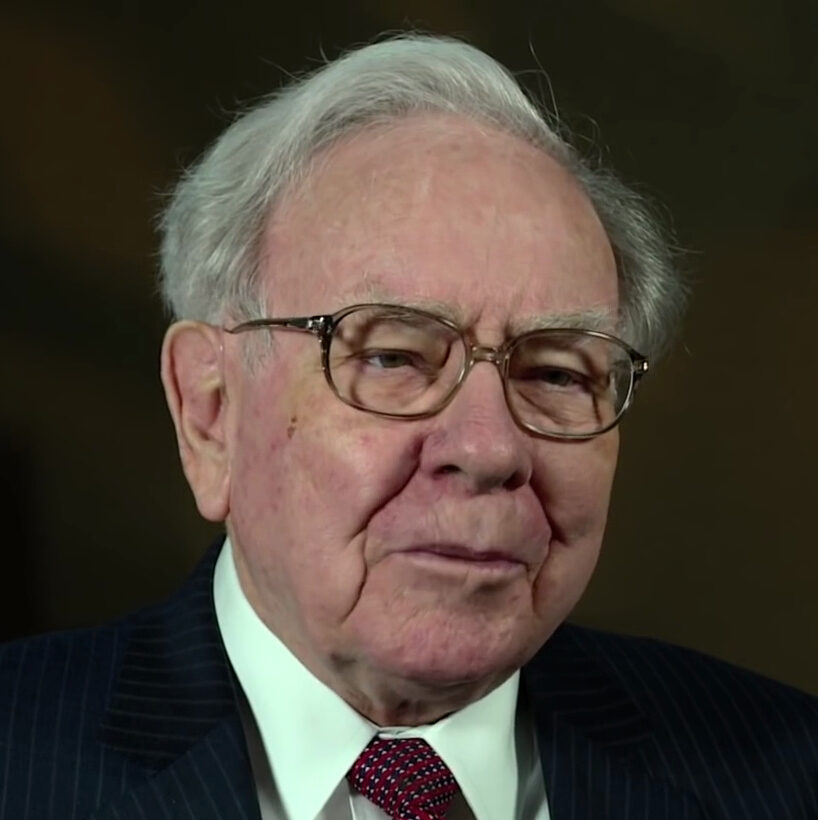Today marks a significant point for Berkshire Hathaway as its stock enters a correction zone, reflecting a notable shift in its market valuation. The decline underscores changing investor perceptions and the evolving dynamics of one of the world’s most prominent investment portfolios.
Berkshire Hathaway, led by legendary investor Warren Buffett, has historically been viewed as a stable, value-oriented investment. Over recent years, the company’s performance has been closely monitored by market participants, who often gauge its health through various valuation metrics, including the so-called Buffett premium—a measure of how Berkshire’s stock price compares to the intrinsic value derived from its core assets and earnings.
The recent downturn has pushed Berkshire Hathaway’s shares into what analysts describe as the correction zone, typically defined as a 10% decline from recent highs. This development comes amid broader market volatility and changing macroeconomic conditions, which have affected many large-cap stocks but are particularly impactful on conglomerates like Berkshire Hathaway due to their diversified holdings.
One of the key factors contributing to the correction is the narrowing of the Buffett premium. Historically, this premium has served as a gauge of investor confidence in Buffett’s investment approach and the company’s intrinsic value. A shrinking premium suggests that investors are re-evaluating Berkshire’s valuation, possibly due to concerns over its growth prospects, macroeconomic pressures, or shifts in the competitive landscape.
Impacted investors include both institutional and retail shareholders who rely on Berkshire Hathaway’s reputation for stability and prudent management. The correction may spark reassessment of Berkshire’s long-term valuation and dividend strategy, especially as the premium diminishes and stock prices adjust accordingly.
Market analysts are watching these developments closely, noting that while corrections are common and often healthy in the long run, they can also signal caution or the beginning of a more sustained downturn. Some experts suggest that the correction might present buying opportunities for investors confident in Buffett’s long-term track record, while others warn of potential headwinds ahead.
Looking forward, investors should monitor upcoming earnings reports, macroeconomic data, and any shifts in Berkshire Hathaway’s investment portfolio. The company’s ability to adapt to changing market conditions and maintain its intrinsic value will be crucial for its recovery and future growth prospects.
What does the correction mean for Berkshire Hathaway’s long-term prospects?
It suggests that the market is re-evaluating Berkshire’s valuation, but the company’s fundamentals and management remain strong, supporting its long-term outlook.
Will the shrinking Buffett premium affect investor confidence?
Potentially, but Buffett’s reputation and Berkshire’s diversified portfolio may cushion the impact, allowing for a recovery over time.
What should investors watch next?
Upcoming earnings, macroeconomic trends, and any strategic moves by Berkshire Hathaway will be key indicators of the stock’s future trajectory and stability.







